Nickname(s) Tex Rank Brigadier General Battles and wars World War II, Korean War | Years of service 1939–1968 Unit 23d Fighter Group | |
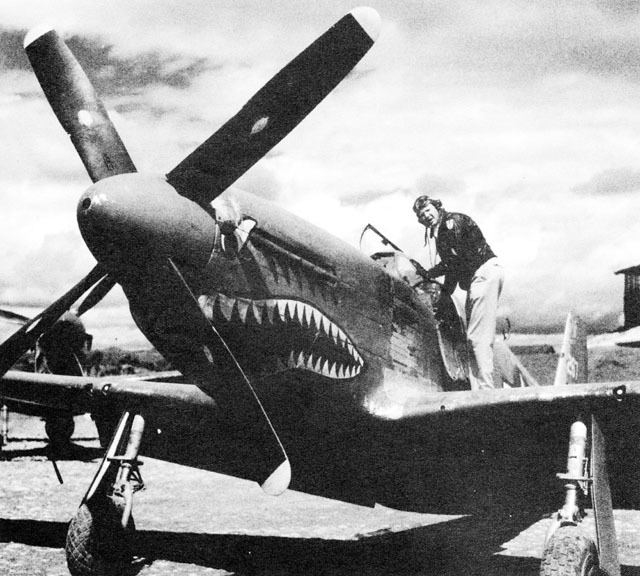 | ||
Born July 13, 1915
Kwangju, Korea ( 1915-07-13 ) Allegiance United States of America
Republic of China Service/branch United States Navy
Republic of China Air Force
United States Army Air Forces
Air National Guard Battles/wars World War II
Korean War Died 11 October 2007, Terrell Hills, Texas, United States Education Austin College, San Antonio Academy, Texas A&M University, The McCallie School Awards Distinguished Service Cross, Silver Star, Legion of Merit Similar Clinton D "Casey" Vincent, Cleto Rodríguez, Ralph Parr, Lucian Adams, Lloyd Herbert Hughes | ||
David Lee "Tex" Hill (July 13, 1915 – October 11, 2007) was a fighter pilot and flying ace in World War II, with later service in Korea.
Contents
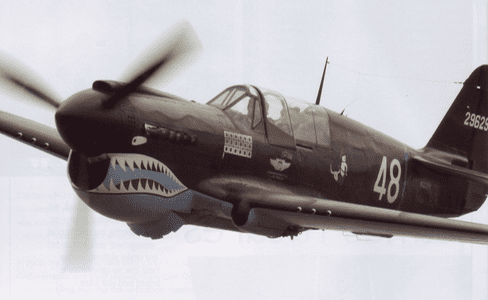
Early life
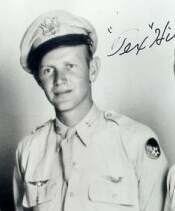
He was born in Kwangju, Korea, the son of Presbyterian missionaries, but raised in Texas. "Tex" graduated from San Antonio Academy, San Antonio, Texas, in 1928 and from McCallie School in Chattanooga, Tennessee, in 1934. Tex then attended Texas A&M for two years before transferring to Austin College, from which he graduated in 1938. He was also a founding member of the Phi Sigma Alpha fraternity in 1932.
Service history
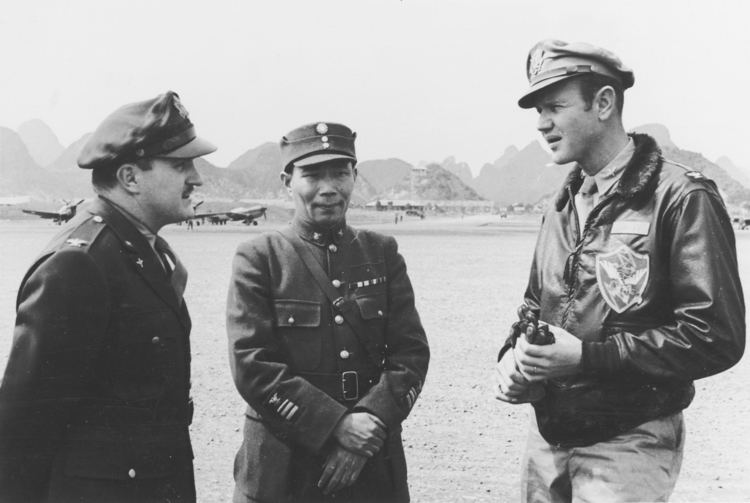
Hill earned his wings as a U.S. Naval Aviator in 1939 and joined the fleet as a TBD Devastator torpedo bomber pilot aboard the USS Saratoga before joining a Vought SB2U Vindicator dive bomber squadron aboard USS Ranger. In 1941, he was recruited with other Navy, Army and Marine Corps pilots to join the 1st American Volunteer Group (better known by its later nickname of the Flying Tigers). He learned to fly the P-40 in the AVG training program in Burma, and did well as a fighter pilot in the 2nd Pursuit Squadron (Panda Bear) as a flight leader and then squadron commander, becoming one of the top aces under the tutelage of Claire Chennault.
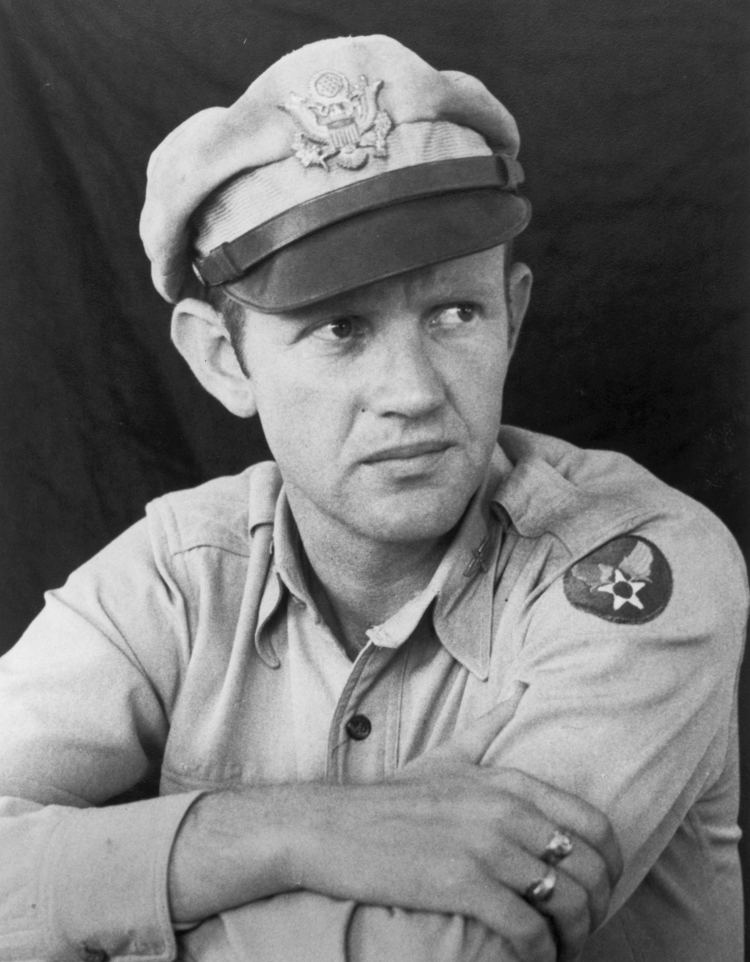
Hill landed his first kills on January 3, 1942 when he downed two Nates over the Japanese airfield at Tak, Thailand. He shot down two more on January 23, and became an ace on the 24th when he shot down a fighter and a bomber over Rangoon. In March, he succeeded Jack Newkirk as Squadron Leader of the Second Squadron. By the time the AVG was disbanded in the summer of 1942, Hill was a double ace, credited with 12 ¼ victories.
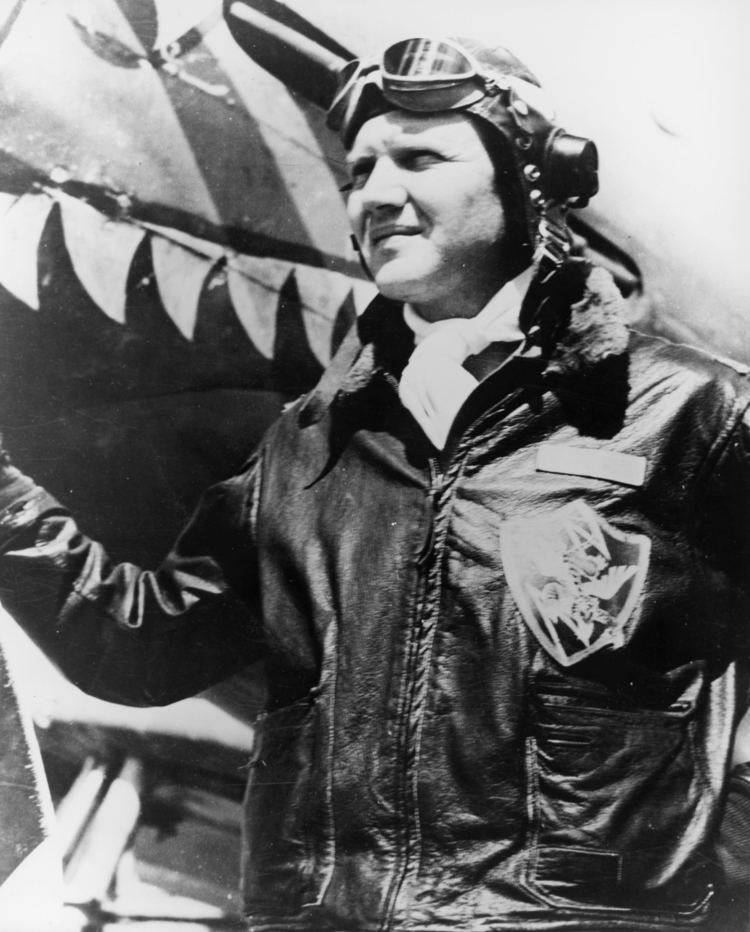
On May 7, 1942, the Japanese Army began building a pontoon bridge across the Salween River, which would allow them to move troops and supplies into China. To stem this tide, 2nd Squadron Leader Hill led a flight of four new P-40Es bombing and strafing into the mile deep gorge. During the next four days, the AVG pilots flew continuous missions into the gorge, effectively neutralizing the Japanese forces. From that day on, the Japanese never advanced farther than the west bank of the Salween. Claire Chennault would later write of these critical missions, "The American Volunteer Group had staved off China's collapse on the Salween."
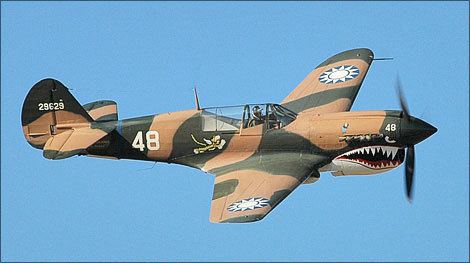
On Thanksgiving Day 1943, he led a force of 12 B-25s, 10 P-38s, and 8 new P-51s from Saichwan, China, on the first strike against Formosa. The Japanese had 100 bombers and 100 fighters located at Shimchiku Airfield, and the bombers were landing as Hill’s force arrived. The enemy managed to get seven fighters airborne, but they were promptly shot down. Forty-two Japanese airplanes were destroyed, and 12 more were probably destroyed in the attack. The American force returned home with no casualties.
After the deactivation of the Flying Tigers in July 1942, Hill was one of only five Flying Tigers to join its USAAF successor, the USAAF 23rd Fighter Group, with the rank of major. He activated the 75th Fighter Squadron and later commanded the 23rd Fighter Group as a Colonel. Before returning to the states in late 1944, Hill and his P-51 scratched another six Japanese aircraft.
It is believed that he was the first to down a Zero with a P-51. Altogether, Hill was credited with destroying 18.25 enemy aircraft. The .25 kills comes from an assist; he and 3 other pilots worked together to shoot down a Japanese Nate fighter.
In 1944, Hill returned to the U.S. and took command of the 412th Fighter Group, America's first operational jet fighter group flying the P-59 Airacomet and the P-80 Shooting Star. He separated from active service in the USAAF in 1945.
Postwar, in July 1946, Hill was asked by Texas Governor Coke Stevenson to activate and accept command of the 136th Fighter Group of the Texas Air National Guard. Hill activated Guard units throughout the Gulf Coast and became the youngest Brigadier General in the history of the Air National Guard. He once again saw combat during the Korean War with the Texas Air National Guard.
He ended his military career in the Air Force Reserve, retiring as a Brigadier General. He holds the Distinguished Service Cross, Silver Star, Distinguished Flying Cross with three Oak Leaf Clusters, Presidential Unit Citation with Oak Leaf Cluster, Chinese Order of the Cloud and Banner 4th, 5th and 6th grades, 2-Star Wing Decorations, Chinese Victory Medal, Legion of Merit, and British Distinguished Flying Cross.
Later life
He was inducted into the National Aviation Hall of Fame in 1968. In 1999, Hill was inducted into the Texas Aviation Hall of Fame located at the Lone Star Flight Museum in Galveston, Texas.
In 2002, he was conveyed an honorary lifetime membership in the U.S. Air Force Auxiliary (Civil Air Patrol) with a squadron of the CAP named in his honor—the Tex Hill Composite Squadron, of San Marcos, TX (SWR-TX-435). This squadron went on to become the third largest CAP squadron in the nation and in 2003 became the most decorated CAP squadron in the nation receiving the Texas Squadron of Merit, Texas Emergency Services Squadron of the Year, Regional (SW Region of the USA) Squadron of Distinction, and National Squadron of Distinction.
Hill died at the age of ninety-two on October 11, 2007 in Terrell Hills, Texas, of congestive heart failure. More than 2,000 people attended his funeral. He was buried at nearby Fort Sam Houston National Cemetery.
On November 2, 2007, the National Museum of the Pacific War in Fredericksburg observed "Tex" Hill Day with speeches, patriotic music, and friends' memories of the fallen hero.
On November 2, 2008, the Air Force Heritage Flight at the Lackland AFB Air Show in San Antonio was dedicated to Hill. It consisted of an F-22, an F-15E, an F-16C, and a P-40 like the one Hill flew with the AVG.
The NEISD Board of Trustees voted unanimously to name Middle School 14 after World War II fighter pilot and combat ace David Lee "Tex" Hill at its regular meeting Monday, June 17, 2013.
Recommended reading
North East ISD names new school after David Lee "Tex" Hill. http://www.neisd.net/ComRel/News/NEISD_MiddleSchool14_named_13.htm
